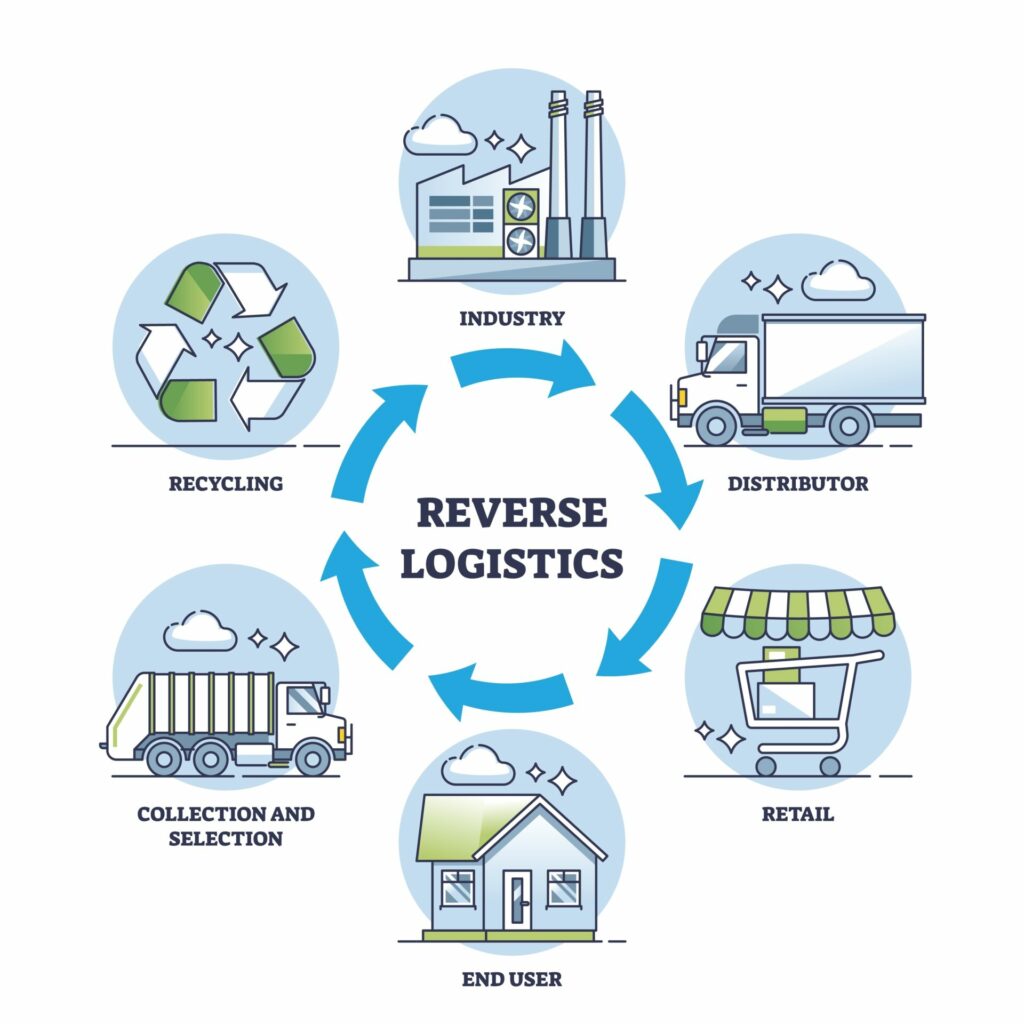If you’ve been in the ecommerce space as an online merchant, it’s very likely that “SEO” has come up in conversation at some point. It stands for Search Engine Optimization, and it’s incredibly important for ALL merchants!
Why? to engaged and interested individuals, ultimately bringing more viable traffic to your site.
Oh, and did we mention it’s not something you have to pay for?

Sounds too good to be true, right?
While it is a wonderful tool to refine, there’s a lot that goes into the strategy and implementation of improving your SEO – it’s very granular and at times, complicated.
But not to worry… here are a few quick tips and tricks you can explore to boost your SEO without diving too deep down the rabbit hole!
Our advice? Start slowly and surely, with lots of research.
What is SEO?
is a proven method of structuring your website and content to appear at the top of search engine result pages (SERP).
While it may seem like SEO is suddenly appearing more and more within discussions about establishing a successful online store, it’s been around for quite some time.
Similar to billboards on a busy highway, SEO is a modern method of meeting customers right where they are: online.
It affects all of us, merchants and consumers alike.
How many times did you use Google or another search engine this week?
Think about the last thing you searched.
For anyone experiencing a harsh winter, perhaps you searched for gloves to use while shoveling…
Let’s try it out:

When using Google to search “women’s snow gloves,” you can see a list of organic results on page one.
You’ll notice brands like Dicks Sporting Goods, Outdoor Gear Lab, REI, and of course Amazon, have all made their way to the top of page one, right where ecommerce brands strive to be.
Studies show that sites listed on the first page of the search engine results receive almost 95% of the traffic, leaving little room for traffic among the remaining pages.
So, how did these brands do it?
While there isn’t a one-stop solution for boosting your brand to the top of the list, there are various strategies you can use to improve your SEO performance.
But first, it’s imperative to understand why you should be paying attention to SEO.
Why is SEO beneficial for ecommerce brands?
To survive, online merchants need customers. Easy enough, right?
Well, capturing the attention of consumers can prove to be both difficult and expensive.
If you have a Google advertisement running, you’ll have to pay each time a potential customer clicks on your ad to get to your site.
This is called a cost-per-click revenue business model (CPC), and with fashion/retail average CPCs over $1, it can become highly expensive in no time.
Plus, the other downside of CPC is that it only delivers customers to your website while you’re paying for it. If you were to pause your ad campaigns, this traffic would disappear overnight. In sum, it’s not a self-sustaining way of acquiring customers.
This is where SEO comes into play.
Stepping away from advertisements and focusing on SEO can help your brand perform well in organic searches. No cost-per-click needed!
Increased visibility and web traffic. A study by Google found that 51% of surveyed shoppers research online purchases using Google before making the buy. By using SEO to meet your prospective customers right where they are (Googling products), they’ll find their way to your brand without any additional advertisement spend.
Increased brand awareness and authority. Not only does SEO help your site become more visible on search engine result pages, it also confirms your authority within the ecommerce space, leading to more brand loyalty and trust. With 81% of consumers needing to trust a brand before purchasing, being closer to the top of the search results will confirm your authenticity.
Lowering customer acquisition costs. As we stated above, getting caught in the CPC spiral is very costly for your business. Website content that has been optimized for search is like a fine wine – it only gains more value and authority over time.
How to boost your SEO
Include keywords and do your keyword research
One of the easiest (and quickest) ways to improve your SEO is to include target keywords.
Including the appropriate keywords will help Google understand what your content is about and to point your customers in the right direction.
Doing keyword research can help you find the most effective words and long-tail phrases to reach viable leads… and we have some good news. You don’t need any fancy technology to do research.
To get started, think about the different buckets of your business. If you’re an online lifestyle store, think about the different genres of products you sell (i.e. beauty, apparel, housewares, etc). From there, brainstorm all of the keywords or phrases that would fall under each bucket.
If you’re having some trouble coming up with words, you can utilize Google and Amazon to jumpstart the process. Simply type in a starting word, and both sites will suggest additional relevant queries:

Easy, and free!
Once you have your keyword list, where should they be published on your site?
It may be tempting to sprinkle keywords in at every chance you get; however, this method can actually be detrimental to your SEO ranking.
Instead of overloading all of your copy with keywords, focus on the most important places a customer will be looking, like your product names and meta description. In addition to keywords within copy, you can also explore alternative text for images throughout your site!
Optimize your site
When it comes to site optimization, focus on simplicity. Your site structure and content should be clean and clear.
Remember, once your visitors get to your site from a Google search, you’ll want everything to be laid out neatly enough so they don’t hop right off in confusion.
The structure of your site should be based on this: all pages are just a few clicks away from your homepage.
With this strategy, you’ll avoid high bounce rates, and negative customer experiences.
In addition to the structure, take a look at your pictures.
Firstly, are they optimized for the best loading speeds?
If your potential customers have to wait for your site to load, they’re more likely to lose interest and try another site from their search results. Make sure to compress your image sizes to optimize loading time.
Secondly, are your images relevant to your product? Your customer will want to see what they’re searching for to confirm they’re in the right place! Plus, images are a great way to add some more keywords by adding alternative text that explains the subject of the image.
Just a few updates to images and copy can have your site climbing up the ladder of search results.
While ecommerce SEO is essentially an art-form at this point, practice makes perfect – and there’s always room to grow and hone in on your “craft.”
With constantly shifting standards and opaque algorithms, you’ll need to stay on top of it all to get ahead in the game, which can feel like an endless to-do list. But, boosting your ranking has benefits that create an overall positive online experience for your customers.
And, by now, we all know how important customer experience is when it comes to !




